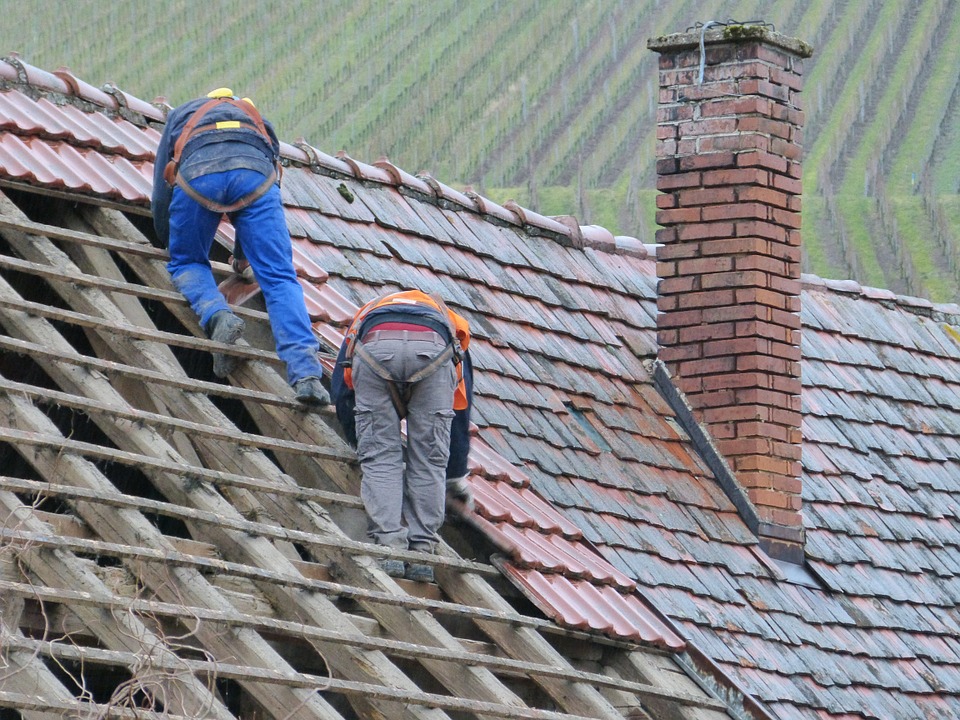Work with an local Toledo Roofer for commercial roofing projects.
Work with an local Toledo Roofer for commercial roofing projects.
Blog Article
How to Review Various Roof Covering Choices for Your Building Needs
Examining roof covering choices for your structure requires a thorough approach that thinks about various elements such as the planned usage of the framework, local climate conditions, and product characteristics - Sylvania Roofing Contractor. It is important to consider the advantages and downsides of different roof types, from asphalt tiles to metal and clay floor tiles, while also factoring in preliminary costs and long-lasting upkeep.
Analyzing Your Structure's Requirements
To effectively assess roof choices, begin by extensively analyzing your building's requirements. Start by considering the building's meant use, as various structures might require differing roof covering specs. Household roofings frequently prioritize appearances and insulation, while commercial buildings may focus on toughness and load-bearing capability.
Next, review the regional climate problems that will influence roof efficiency. Aspects such as temperature level changes, rainfall levels, and wind patterns can influence product option and style. A roof system that masters a temperate climate may not execute also in areas susceptible to hefty snowfall or extreme heat.
In addition, evaluate the structural integrity of your structure. Make certain that the existing structure can sustain the selected roof products, particularly if thinking about much heavier alternatives. It is additionally essential to review any local building regulations or regulations that may determine particular needs for roofing systems.

Comparing Roofing Products
As soon as a thorough assessment of your structure's demands has actually been finished, the next step involves contrasting various roof covering products. Each product supplies unique benefits and disadvantages, making it important to align your selection with your certain needs and scenarios.
Asphalt tiles are commonly identified for their affordability and convenience of installment, making them a prominent choice for residential buildings. On the other hand, steel roof, known for its sturdiness and long life, can withstand severe climate condition yet may include a greater initial financial investment.
Clay and concrete tiles give excellent thermal insulation and visual charm, especially for Mediterranean-style design, yet they need a more durable architectural support as a result of their weight. Wood shakes offer an all-natural look and excellent insulation residential properties but may require much more maintenance and are prone to fire dangers.
Examining Cost and Budget
Analyzing your roof options requires a cautious examination of expense and budget plan considerations. The overall spending plan for a roof job makes up a number of variables, consisting of product expenses, labor expenditures, upkeep, and potential long-lasting cost savings. It is vital to develop a clear spending plan prior to checking out details roof materials, as this will direct the decision-making process and help you prevent overspending.
Begin by getting quotes from several contractors to understand labor expenses in your area. Make certain that these estimates include all needed solutions, such as elimination of the old roof covering, installment, and any additional features, like insulation or ventilation renovations - Toledo Roofer. Next off, examine the price of different roofing products, thinking about both first installment prices and expected life-span

Comprehending Power Efficiency
Energy effectiveness plays a crucial function in the choice of roof covering materials and systems, dramatically impacting both energy intake and overall convenience within a structure. An appropriate roofing system can boost thermal efficiency, minimizing the demand for heating and cooling down systems, which subsequently reduces power expenses moved here and minimizes ecological influence.
When examining roof covering alternatives, take into consideration materials that show rather than soak up heat. Additionally, correct insulation and ventilation are necessary to optimize the power performance of the entire roofing system.
An additional essential variable is the roof's longevity and upkeep needs. Resilient materials that need less regular replacement add to long-term energy financial savings. The energy efficiency of a roof covering system can likewise be analyzed through its conformity with well-known sustainability ratings such as Power STAR or LEED.
Taking Into Consideration Aesthetic Allure
A roofing system's visual charm dramatically influences the total look of a structure, complementing its architectural design and improving aesthetic charm. Roofer. When reviewing roof choices, it is crucial to take into consideration just how the selected product, shade, and style will certainly harmonize with the existing structure and community. A well-designed roofing can boost also the most basic of buildings, changing them right into aesthetic prime focus
Different roof materials supply various aesthetic top qualities. Traditional shingles may evoke a classic appeal, while steel roof can present a modern-day, sleek look. Additionally, the color of the roofing product plays an important role; lighter shades can make a building show up even more large, while darker tones may develop a cozier home atmosphere.
Furthermore, building components, such as dormers and eaves, can boost the roof's visual influence. It is suggested to consult with expert developers or architects to make sure the picked roof choice aligns with the total layout intent. Ultimately, a roofing should not just supply practical benefits but additionally contribute positively to the structure's aesthetic, mirroring the proprietor's taste and the character of the surrounding environment.
Verdict

Report this page